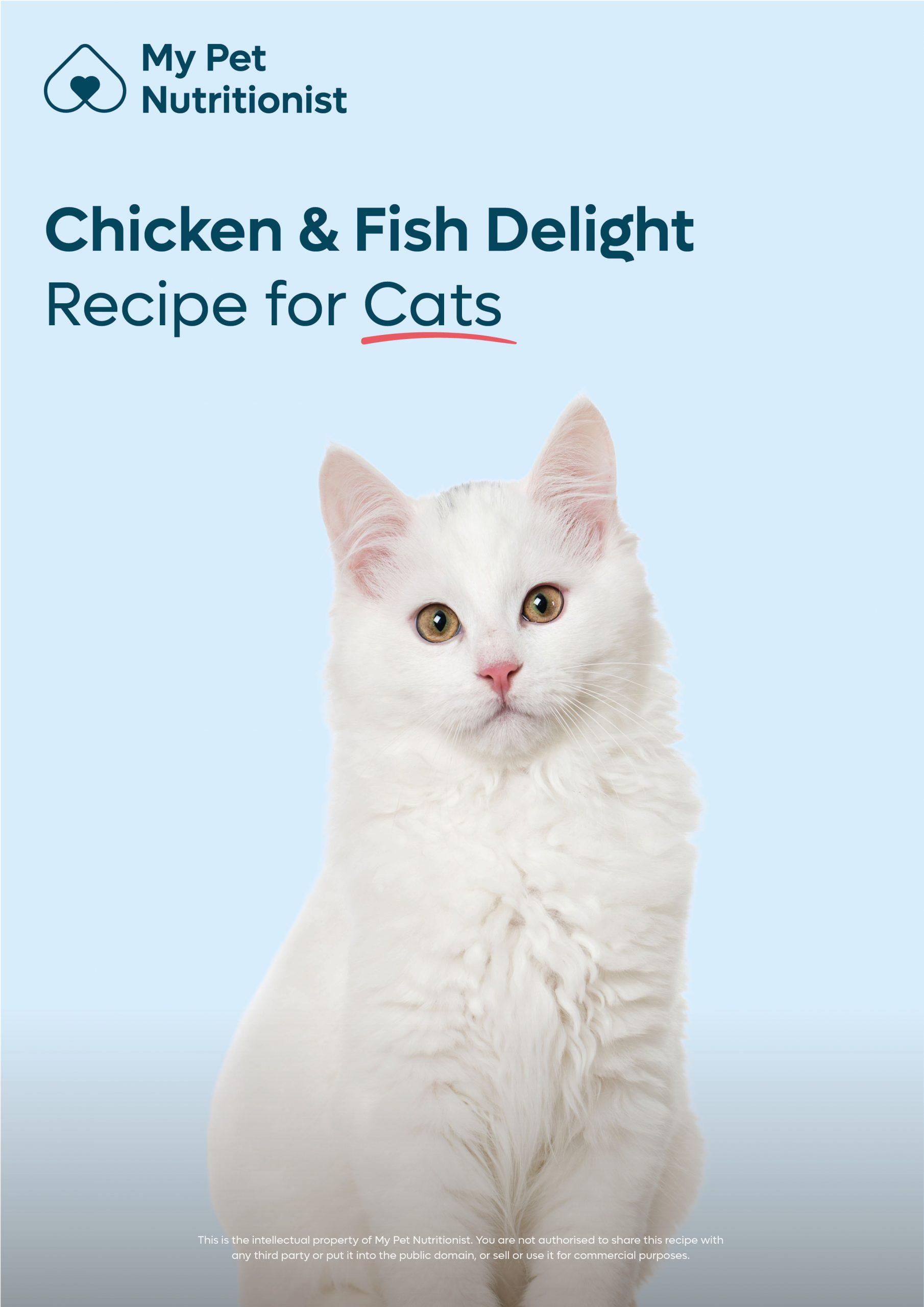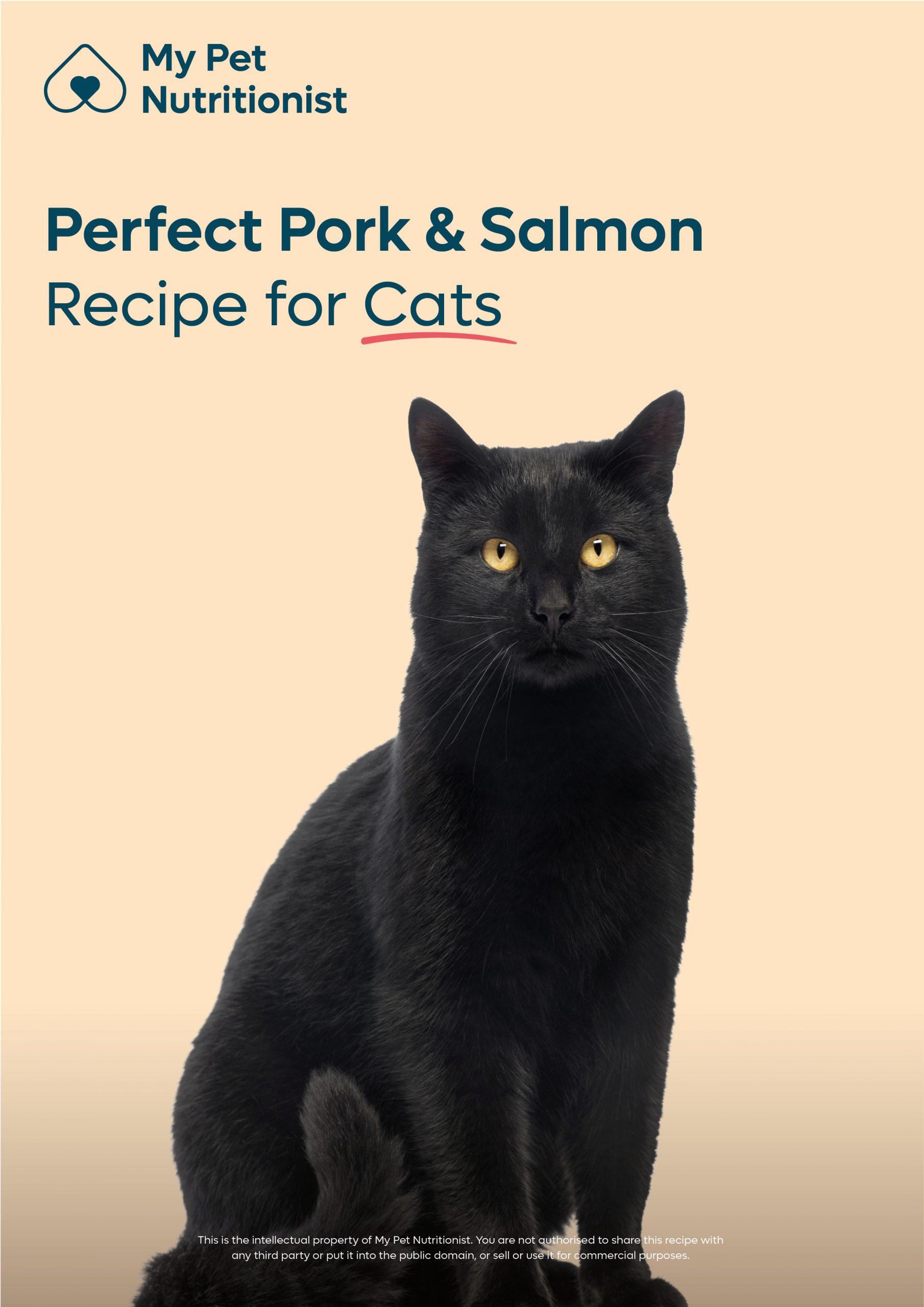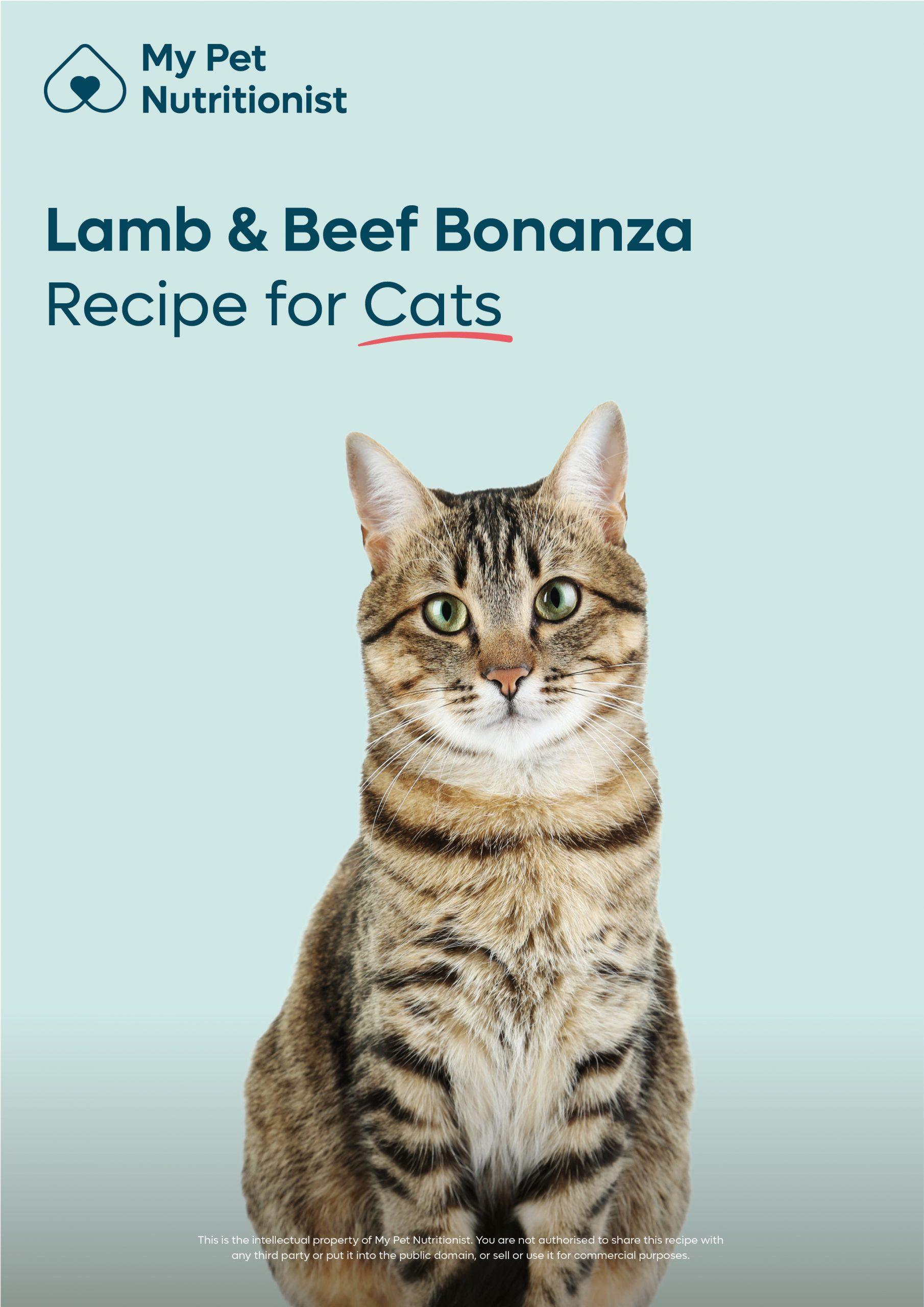-
£19.99

How Can We Support the Stressed Cat?
- June 2, 2022
- 6 mins 35 secs
There is a common misconception in the feline world. Many of us will see a hiding cat and make it our mission to coax them out. Whether this is whilst visiting a friend or taking in a new addition and they shoot straight under the cooker. We want them to come out so we can scratch under their chin. We want to reassure them.
But what if we were to tell you that the welfare of said cats is greatly improved when they are given the opportunity to hide?
Our want to reassure the cat is largely misplaced. We like to think we can fix it; but sometimes giving these cats the opportunity to decompress will fix more than our head poking under the bed with a handful of cooked food!
To support the stressed cat we need to think outside of the box, or inside, as this case may be.
As in humans, cats will have the same response to stress. They may choose to fight, flight, or freeze.
When they fight, they become aggressive and defensive. Flight will see them withdrawing from the threat and perhaps running away. When cats freeze, they crouch, lie still, and try to avoid any attention.
At this point, you are probably imagining an outdoor cat with a territory to protect or one who has run into some difficulty on their hunt. But cats can become stressed for many reasons. They may spot an intruder (from the comfort of their windowsill), furniture may have moved, their litter may be different because the pet shop ran out of their usual one or there may be guests in the home and suddenly the day to day routine has drastically changed. You then have the colossal life changing events like bringing another new pet into their home, or them being the new addition to a busy home.
The personality of the cat will largely determine how they respond to stress, much like in humans. Friendly and bold cats will often be more resilient in the face of change or stress; these are the cats who have generally experienced positive early socialisation, exposure to novel experiences and regular human handling. Interestingly, those cats who have a friendly father tend to grow up experiencing less distress in novel situations.
Findings Here
But it also seems that the personality of the owner can affect how a cat responds to stressful situations. If we explore the Big Five Inventory for human personality, owners who score high on neuroticism (who are more likely to feel anxious, worry and fear) report that their cats are more aggressive, anxious, and fearful. Owners who score high on conscientiousness report their cats are less anxious, fearful, aggressive, aloof, and avoidant. Those who are conscientious are often defined as organised and we know that a consistent routine is a great way to reduce stress-related behaviour in cats.
Findings Here
Studies like this include largely self-reported data, so the behaviour of both owner and cat could merely be perception, but it gives food for thought most certainly.
There is a ladder of response in most animals, and this is no different in cats. They will often show subtle signs of discomfort or stress. If the trigger doesn’t disappear, behaviour will progress. You may first notice flat ears, then the pupils will dilate. You may have a low growl or a silent hiss. Them running off or lashing out with their teeth and claws may be a few steps up the ladder.
Findings Here
In a multi-cat home, it is much the same. Some cats cohabit perfectly well, but others may not. Strained relationships can result in excessive grooming, indoor soiling, spraying and even urinary retention, commonly resulting in conditions like cystitis. Cats may also self-soothe by way of sleeping and eating, so they may start to gain unnecessary weight.
This is where the idea of learned helplessness appears. This is the “why bother?” concept of managing stressful situations. After repeated exposure to a stressor, the animal perceives they are unable to control or change it, so they stop trying.
It’s easy to spot the acute stress situations, like a guest in the home or a neighbour’s cat in the garden. But chronic stressors may not be that obvious. Consider it like a bucket of water. The bucket is your cat’s threshold for stress.
Throughout your cat’s day, week, or month, they may experience stress. These stressful situations are glugs of water being added to their bucket. If there is no way of letting the water out, their bucket will overflow.
Providing opportunities to hide, pops a few holes in the bottom of the bucket and gives them a chance to reduce their stress levels.
In shelter environments, cats have noted huge reductions in stress-related behaviours in less than 10 days when they have been allowed to hide. It also didn’t affect their ability to be rehomed.
In short, those cats allowed to hide were less-stressed, more eager to approach strangers and more active.
Findings Here
Cats are largely solitary animals. They have always marked their territories by way of scent. They rub their facial glands around their environment and also mark by way of urine, faeces and anal glands Not only does hiding allow them to watch for threats from one direction only, (the one way into the box) it is also a confined space where they are very quickly surrounded by their own scent.
The key is to have ample hiding spaces. So, if you have more than one cat, they each need their own space to hide. Free from dogs, children and other territory intruders.
You could simply place cardboard boxes around your home, perhaps in the usual places your cat chooses to hide, or you can buy activity centres with boxes attached. Cocoon style beds are also perfect; just remember to buy one with removable, washable covers. Study after study shows us that enriched environments reduce the stress-hormone found in stressed cat’s urine considerably.
By allowing a stressed cat to hide, they subsequently become less-stressed, more active and it doesn’t appear to affect their friendliness to humans. Our instinct as a human is to coax the cat out in an attempt to reassure them that there is no threat, the threat is gone, or that we can socialise them to accept the new experience. But cats are historically solitary, and they have figured out a few ways to survive. Perhaps it’s time to take their lead. Perhaps we just need to help them make some holes in their bucket, and enrich their environment with some boxes to hide in.
We can obviously use nutrition to support our stressed cat too, but that is a blog all of it’s own. Stress is multifactorial, and we need to consider both behavioural and nutritional strategies to support our pet.
Thanks for reading,
MPN Team
But what if we were to tell you that the welfare of said cats is greatly improved when they are given the opportunity to hide?
Our want to reassure the cat is largely misplaced. We like to think we can fix it; but sometimes giving these cats the opportunity to decompress will fix more than our head poking under the bed with a handful of cooked food!
To support the stressed cat we need to think outside of the box, or inside, as this case may be.
Stress in Cats
Cats get stressed. There is no denying that. But they are often a little more subtle in their anxieties than other animals.
As in humans, cats will have the same response to stress. They may choose to fight, flight, or freeze.
When they fight, they become aggressive and defensive. Flight will see them withdrawing from the threat and perhaps running away. When cats freeze, they crouch, lie still, and try to avoid any attention.
At this point, you are probably imagining an outdoor cat with a territory to protect or one who has run into some difficulty on their hunt. But cats can become stressed for many reasons. They may spot an intruder (from the comfort of their windowsill), furniture may have moved, their litter may be different because the pet shop ran out of their usual one or there may be guests in the home and suddenly the day to day routine has drastically changed. You then have the colossal life changing events like bringing another new pet into their home, or them being the new addition to a busy home.
The personality of the cat will largely determine how they respond to stress, much like in humans. Friendly and bold cats will often be more resilient in the face of change or stress; these are the cats who have generally experienced positive early socialisation, exposure to novel experiences and regular human handling. Interestingly, those cats who have a friendly father tend to grow up experiencing less distress in novel situations.
Findings Here
But it also seems that the personality of the owner can affect how a cat responds to stressful situations. If we explore the Big Five Inventory for human personality, owners who score high on neuroticism (who are more likely to feel anxious, worry and fear) report that their cats are more aggressive, anxious, and fearful. Owners who score high on conscientiousness report their cats are less anxious, fearful, aggressive, aloof, and avoidant. Those who are conscientious are often defined as organised and we know that a consistent routine is a great way to reduce stress-related behaviour in cats.
Findings Here
Studies like this include largely self-reported data, so the behaviour of both owner and cat could merely be perception, but it gives food for thought most certainly.
Spotting Stress in Cats
Cats can be incredible at hiding their emotions. This would have been an evolutionary advantage – no-one can prey on a weakness if they can’t see it. But there are subtle behaviours which show us they aren’t particularly fond of a situation.
- Immobility (freeze response)
- Crouched body
- Laying flat on their belly
- Tail under their body
- Wide eyes
- Flat ears
- Meowing, yowling, growling
- Hissing
- Shaking
- Excessive salivating
- Involuntary toileting
There is a ladder of response in most animals, and this is no different in cats. They will often show subtle signs of discomfort or stress. If the trigger doesn’t disappear, behaviour will progress. You may first notice flat ears, then the pupils will dilate. You may have a low growl or a silent hiss. Them running off or lashing out with their teeth and claws may be a few steps up the ladder.
Chronic Stress
For some cats, there are triggers which they can’t easily escape from. The most common is a multi-pet home. It is well-established that those cats exposed to dogs report higher stress-hormone levels in their urine. However, some cats have incredible relationships with resident dogs. Generally, if the cat is the first to arrive in the home, the cat-dog relationship will be more comfortable, and indoor cats are more likely to live amicably with dogs, than outdoor cats. Interestingly, it is usually the cat that is the driver of any aggressive encounters with dogs. In short, the cat will call the shots on whether the relationship is harmonious or not.
Findings Here
In a multi-cat home, it is much the same. Some cats cohabit perfectly well, but others may not. Strained relationships can result in excessive grooming, indoor soiling, spraying and even urinary retention, commonly resulting in conditions like cystitis. Cats may also self-soothe by way of sleeping and eating, so they may start to gain unnecessary weight.
This is where the idea of learned helplessness appears. This is the “why bother?” concept of managing stressful situations. After repeated exposure to a stressor, the animal perceives they are unable to control or change it, so they stop trying.
It’s easy to spot the acute stress situations, like a guest in the home or a neighbour’s cat in the garden. But chronic stressors may not be that obvious. Consider it like a bucket of water. The bucket is your cat’s threshold for stress.
Hiding As A Way To Empty The Bucket
One of the ways to help our cats escape or recover in times of stress, is to allow them to hide.
Throughout your cat’s day, week, or month, they may experience stress. These stressful situations are glugs of water being added to their bucket. If there is no way of letting the water out, their bucket will overflow.
Providing opportunities to hide, pops a few holes in the bottom of the bucket and gives them a chance to reduce their stress levels.
In shelter environments, cats have noted huge reductions in stress-related behaviours in less than 10 days when they have been allowed to hide. It also didn’t affect their ability to be rehomed.
In short, those cats allowed to hide were less-stressed, more eager to approach strangers and more active.
Findings Here
Cats are largely solitary animals. They have always marked their territories by way of scent. They rub their facial glands around their environment and also mark by way of urine, faeces and anal glands Not only does hiding allow them to watch for threats from one direction only, (the one way into the box) it is also a confined space where they are very quickly surrounded by their own scent.
The key is to have ample hiding spaces. So, if you have more than one cat, they each need their own space to hide. Free from dogs, children and other territory intruders.
You could simply place cardboard boxes around your home, perhaps in the usual places your cat chooses to hide, or you can buy activity centres with boxes attached. Cocoon style beds are also perfect; just remember to buy one with removable, washable covers. Study after study shows us that enriched environments reduce the stress-hormone found in stressed cat’s urine considerably.
But what if they don’t use the box?
If your cat prefers to hide under the bed, or table, then that’s fine too. We’ve all been there, spent a fortune on new activities or beds for our pets and they choose to play or sleep in the packaging it arrived in. The point is to allow them to hide, wherever they feel safe.
By allowing a stressed cat to hide, they subsequently become less-stressed, more active and it doesn’t appear to affect their friendliness to humans. Our instinct as a human is to coax the cat out in an attempt to reassure them that there is no threat, the threat is gone, or that we can socialise them to accept the new experience. But cats are historically solitary, and they have figured out a few ways to survive. Perhaps it’s time to take their lead. Perhaps we just need to help them make some holes in their bucket, and enrich their environment with some boxes to hide in.
We can obviously use nutrition to support our stressed cat too, but that is a blog all of it’s own. Stress is multifactorial, and we need to consider both behavioural and nutritional strategies to support our pet.
Thanks for reading,
MPN Team
Customer Reviews
Explore related products
Explore Related Products
Related articles

BehaviourCatsCats General HealthStress
How To Strengthen My Dog’s Immune System
Dec 07 2023
•
9 mins 15 secs

BehaviourCatsCats General HealthStress
Can Stress Cause My Pet’s Disease?
Nov 23 2023
•
10 mins 30 secs

BehaviourCatsCats General HealthStress
The Lowdown on Lymphoplasmacytic Gastritis
Nov 02 2023
•
6 mins 45 secs

BehaviourCatsCats General HealthStress
Why Does My Dog Have High Folate Levels?
Oct 12 2023
•
8 mins 10 secs

BehaviourCatsCats General HealthStress
5 Benefits of Vitamin C for Your Dog
Mar 18 2023
•
4 mins 42 secs
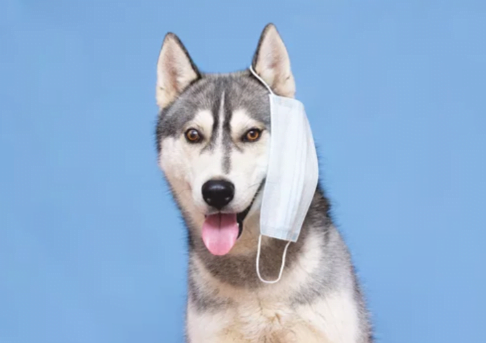
BehaviourCatsCats General HealthStress
7 Factors Affecting Immunity
Feb 27 2023
•
8 mins 30 secs

BehaviourCatsCats General HealthStress
Does My Pet’s Skin Have Its Own HPA Axis?
Sep 12 2022
•
6 mins

BehaviourCatsCats General HealthStress
The Pet Owner’s Stress Load
Aug 15 2022
•
6 mins 30 secs
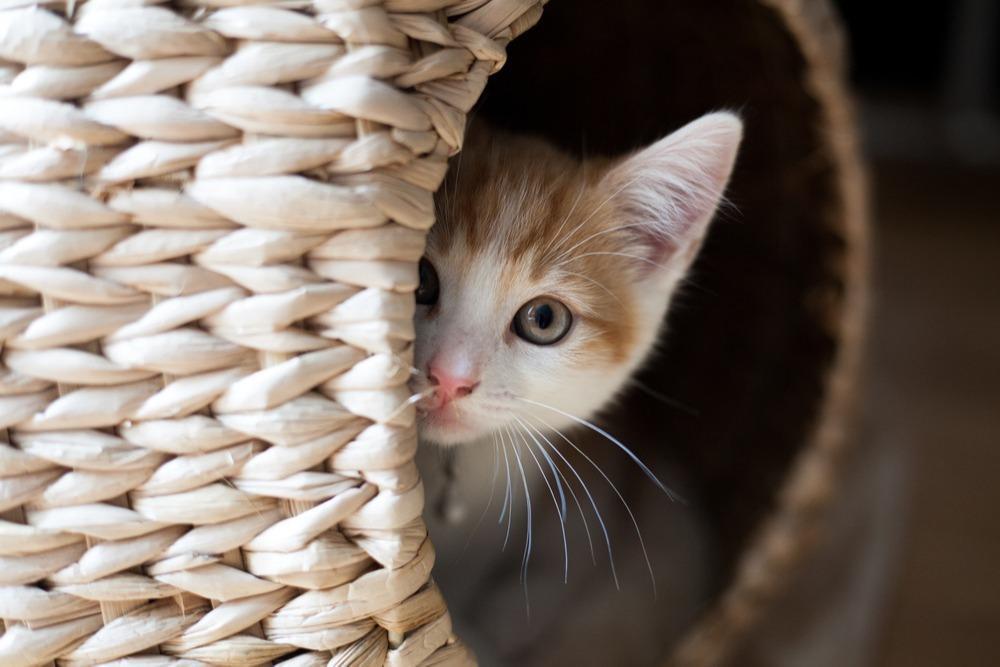
BehaviourCatsCats General HealthStress
How Can We Support the Stressed Cat?
Jun 02 2022
•
6 mins 35 secs

BehaviourCatsCats General HealthStress
Using Nutrition to Support The Stressed Dog
Apr 13 2022
•
8 mins 11 secs

BehaviourCatsCats General HealthStress
5 Nutrients To Support Your Anxious Dog
Mar 28 2022
•
3 mins

BehaviourCatsCats General HealthStress
Why Does My Dog Have Warts?
Aug 02 2021
•
6 min read

BehaviourCatsCats General HealthStress
Can Stress Affect My Dog’s Digestive System?
Jul 26 2021
•
8 min read

BehaviourCatsCats General HealthStress
Why Your Dog Needs Vitamin B12
Oct 12 2020
•
5 min read
✕





